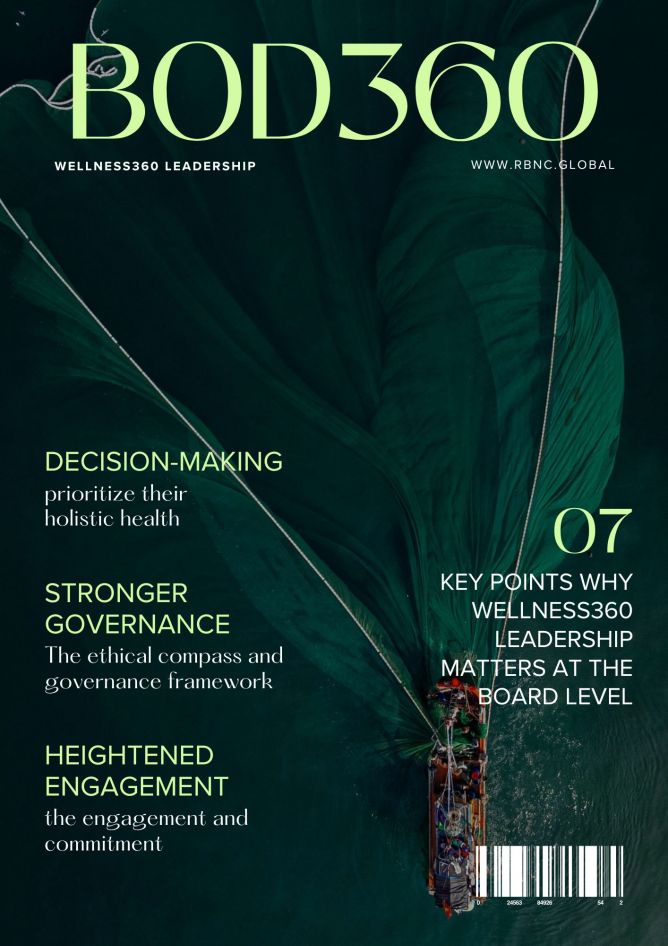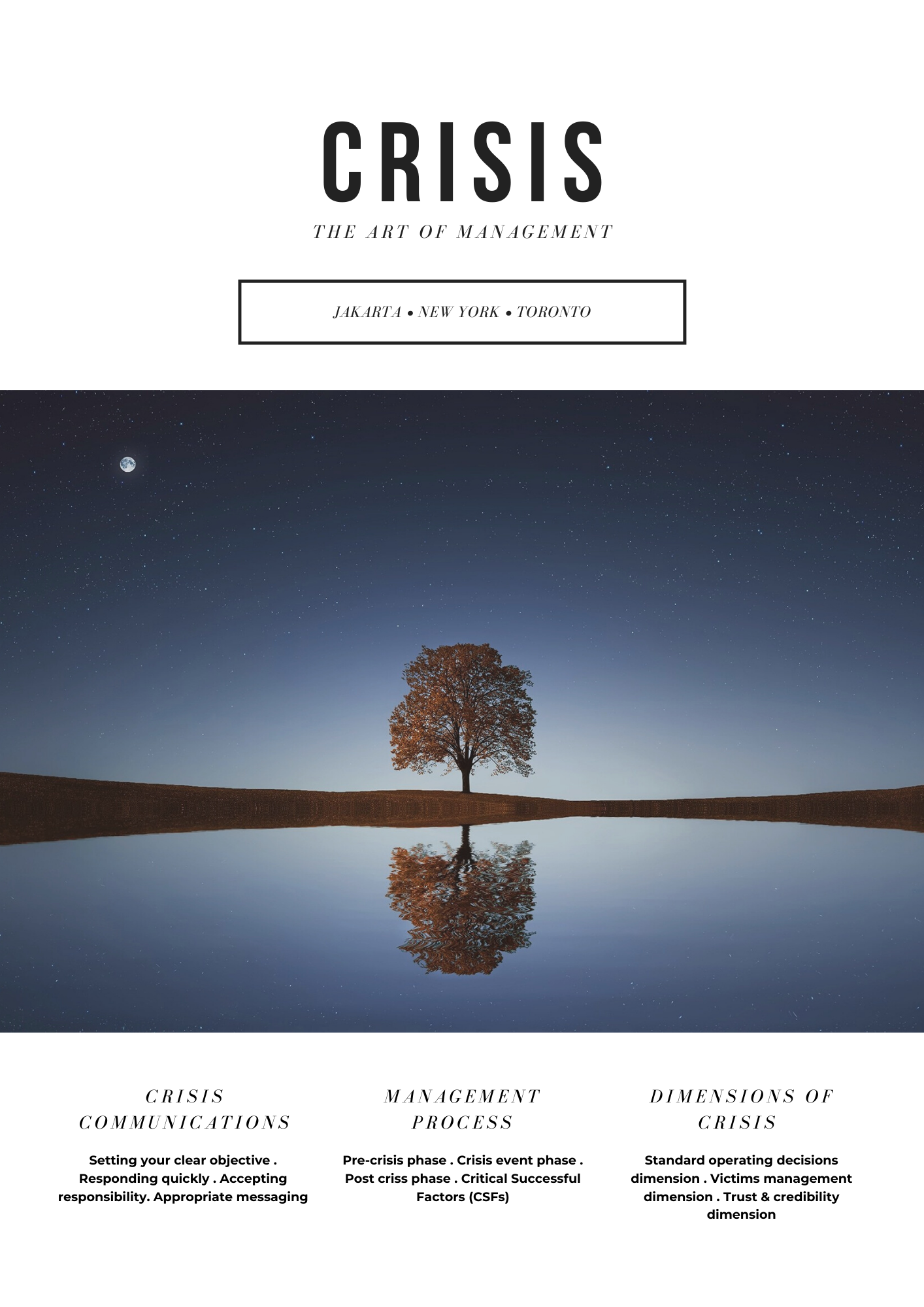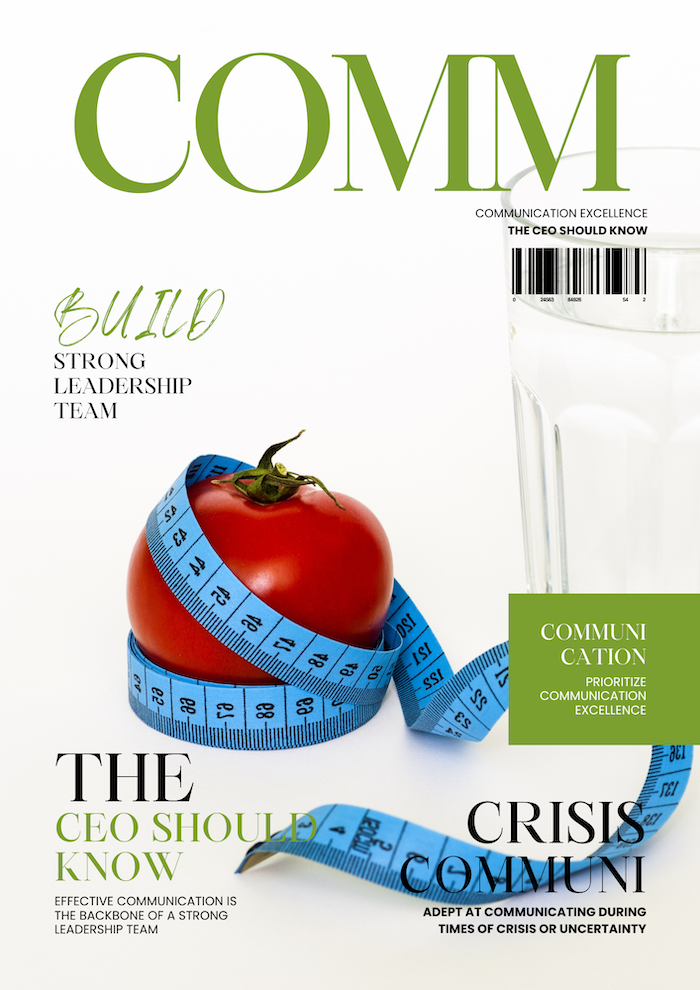How Can Scenario Planning Help You Adapt to Changing Markets?
Scenario planning is a strategic management tool that assists businesses in anticipating and preparing for future uncertainty via the exploration of numerous feasible scenarios. This is especially beneficial when adjusting to changing markets since it allows firms to examine several possible outcomes and establish appropriate strategies to deal with them. Here are some examples of how scenario planning might aid with market adaptation:
1. Anticipate potential market changes:
By considering different scenarios, organizations can identify potential changes in the market that may occur and prepare for them accordingly. For example, they can identify new trends, emerging technologies, or changes in customer preferences and adjust their strategies accordingly.
2. Develop contingency plans:
Scenario planning allows organizations to develop contingency plans that can be implemented if certain scenarios occur. This helps organizations to be better prepared for unexpected changes in the market and respond quickly and effectively to mitigate potential risks.
3. Identify opportunities:
Scenario planning can also help organizations to identify new opportunities that may arise in the market. By exploring different scenarios, organizations can identify potential gaps in the market that they can exploit, new markets to enter, or new products or services to offer.
4. Foster a culture of agility:
Scenario planning encourages organizations to think about the future in a more strategic and dynamic way. This helps to foster a culture of agility, where organizations are better equipped to respond quickly to changes in the market.
In summary
"Scenario planning can help organizations to anticipate and prepare for future uncertainties, develop contingency plans, identify opportunities, and foster a culture of agility. This can be particularly useful when adapting to changing markets, as it allows organizations to be better prepared for unexpected changes and respond quickly and effectively to mitigate potential risks"









